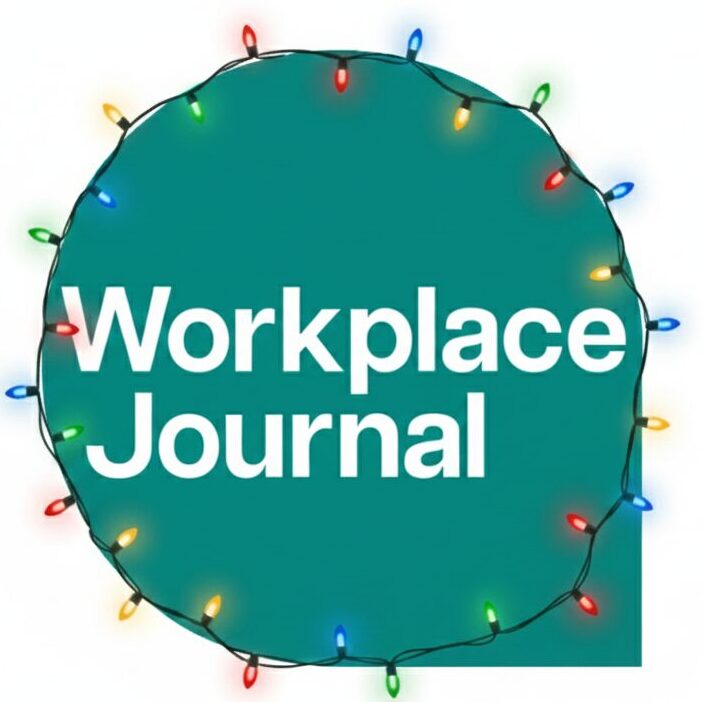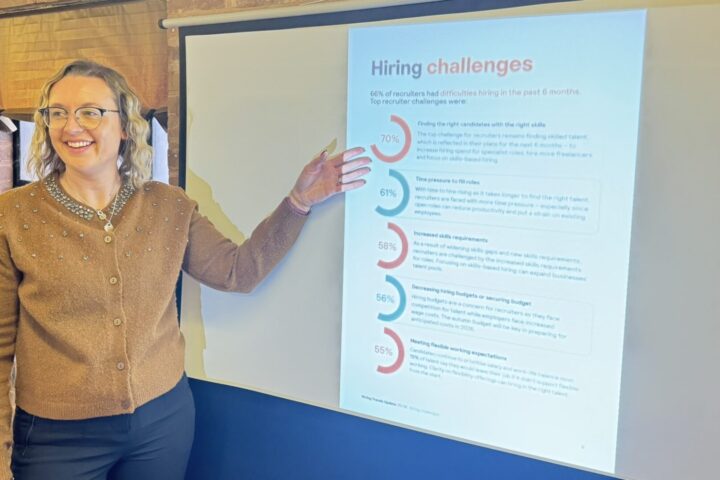Only 40% of people are aware that their pensions are invested in the stock market, according to research conducted by Opinium on behalf of Hargreaves Lansdown.
This lack of understanding was described by Helen Morrissey, head of retirement analysis at Hargreaves Lansdown, as a “pretty fundamental misconception.”
Morrissey said: “Knowing that your pension is invested can really boost your engagement with it.
“You can make sure your investments match your objectives, and if you want to invest it in line with your values, then you get the added satisfaction of knowing you are supporting your ethics as well as your financial resilience.”
The research also revealed that only 30% of respondents knew they could contribute to a partner’s or child’s pension.
By contributing up to £2,880 annually to a partner or child’s self-invested personal pension (SIPP), individuals can take advantage of a Government top-up, raising the total to £3,600.
Morrissey said: “It can be a great way of making the most of your money if you have already used up your own allowances.”
Misconceptions about using property to supplement retirement income were also highlighted.
While 37% of those aged 18-34 said they would consider downsizing, this figure dropped to just 17% for those aged over 55.
Morrissey attributed this to emotional and practical factors, including a reluctance to move away from loved ones and the realisation that downsizing often does not free up as much cash as anticipated.
She also noted that where many people assume they will receive the full state pension, gaps in National Insurance contributions can reduce the amount.
Morrissey advised individuals to get a state pension forecast to verify their entitlement and identify any errors.
She said: “If you do have gaps, you can either backdate a benefit claim or pay to fill them in, which can be a cost-effective way of boosting your state pension.”
However, she cautioned against making payments without first consulting the Future Pension Centre, as factors like past periods of contracting out could affect entitlement.
Basic rate relief is usually applied automatically, but higher or additional rate taxpayers often need to claim the extra relief through self-assessment.
Morrissey stressed the importance of understanding this process, saying, “Over time, this can make a significant difference to how much goes in.”
Morrissey concluded with a warning against the “set and forget” approach many people take to pensions.
She said: “People are auto-enrolled into a pension, and it is easy to let that tick along in the background and assume they are doing enough.
“However, by not engaging, they run the risk of falling foul of common misconceptions that can get in the way of a better retirement.
“Getting to grips with a few key facts could leave them and their family thousands of pounds better off and make them feel better engaged with their retirement planning.”
















